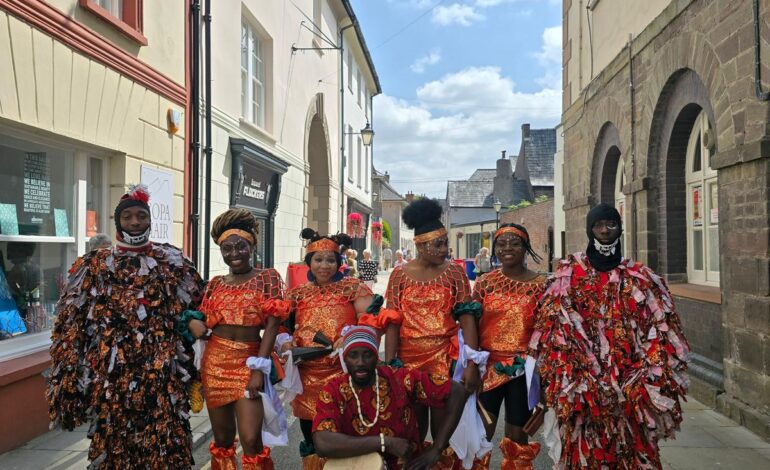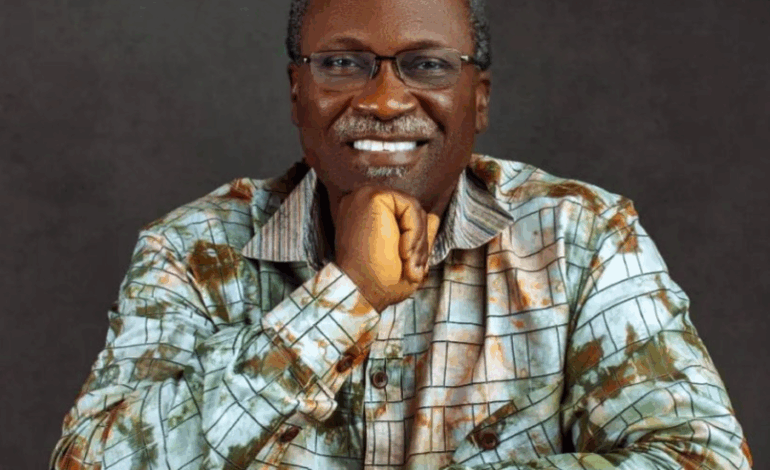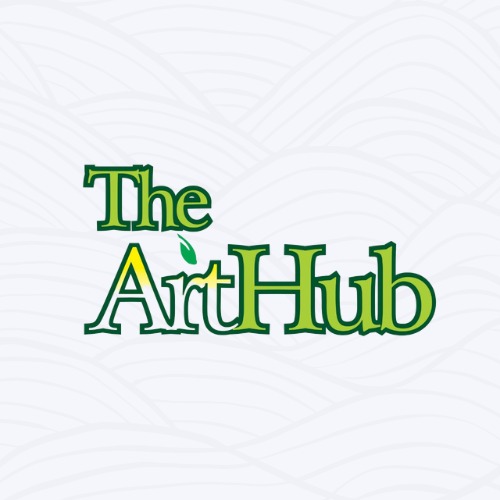Traditional filmmakers still relevant in digital, instant content era, says Osasogie Guobadia
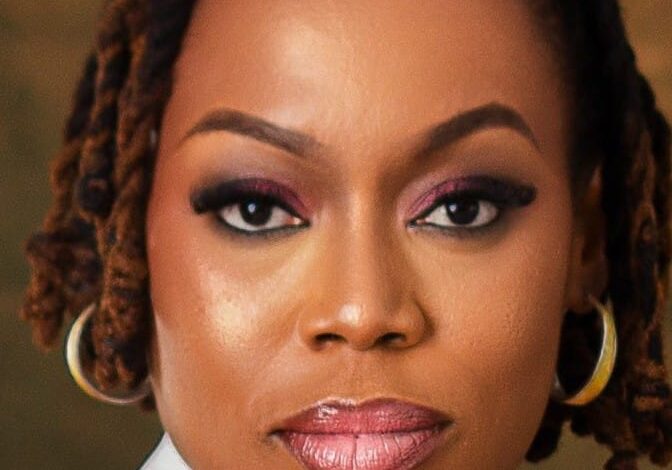
By Godwin Okondo
AT a time when the global entertainment industry is rapidly transforming through social media, streaming platforms, and artificial intelligence, Nigerian filmmaker and storytelling advocate, Osasogie Efe Guobadia, has made a strong case for the continuing relevance of traditional filmmakers in the digital, instant content creation era that has seemingly dilluted the filmmaking process. Guobadia, who is also a costumier and AI filmmaker, recently delivered a paper virtually titled “The Digital Shift: Examining the Role of Traditional Filmmakers in a New Media Ecosystem”. It was at a presentation of Beautiful Camp, organized under the Transition Project implemented by Jos Repertory Theatre, with generous support from the Czech Aid/Czech Ministry of Foreign Affairs and Czech Embassy, Abuja.
The Bautiful Camp event, designed to sensitise a new generation of young Nigerians who can critically engage with the pressing issues of their society and become change-agents who can contribute meaningfully, drew filmmakers, cultural advocates, media entrepreneurs, academics, diplomats, and young content creators who engaged Guobadia on the opportunities and challenges of storytelling in a digital age.
Guobadia began with a reflection on the magic of cinema, describing the hush in a darkened theatre, the dimming of the lights, and the anticipation of the opening credits as a timeless experience that has inspired generations of filmmakers.
“That shared silence in a theatre, waiting for a story to unfold, is an experience that has shaped how filmmakers approach their craft,” she said. “But the world has shifted. Today, stories live on TikTok, YouTube, Instagram and streaming platforms. Audiences no longer wait for scheduled television slots; they carry stories in the palms of their hands. So, where do traditional filmmakers stand in this new environment? Are we being replaced, or are we being redefined?”
She explained that traditional filmmaking is not simply about operating a camera but about constructing meaning and emotion through structured storytelling, cinematic language, and collaborative production, adding, “Traditional filmmaking is about depth, quality, and nuance. It involves careful stages of development, scripting, directing, shooting, editing, and distribution. It is not just about speed but about the architecture of a story.” But in contrast, she described content creation as “making videos, photos, podcasts, blogs, or social media posts for immediate consumption by a digital audience. It thrives on speed, accessibility, and virality rather than structure or long production timelines.”
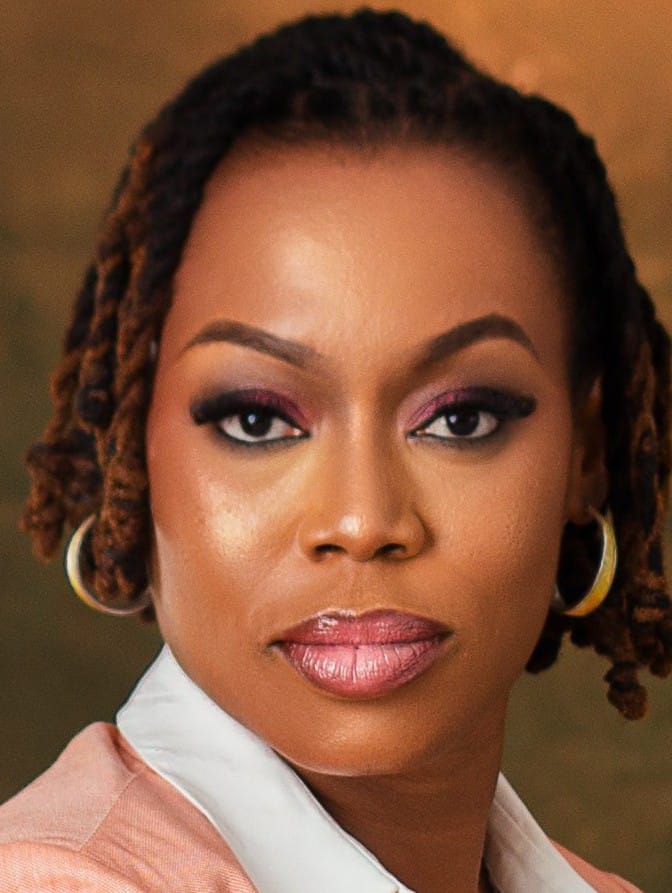
Osasogie Efe Guobadia
Guobadia illustrated this difference with a vivid analogy, noting, “Traditional filmmakers are like novelists—slow, intentional, and focused on depth—while content creators are like bloggers or poets, quick, reactive, and informal. Both approaches are valid and powerful, each telling stories in its own way.”
Despite the rise of content creation, she argued that traditional filmmakers remain essential in a digital ecosystem flooded with fast content, adding, “We are the keepers of craft and storytelling standards. We preserve cinematic language in a world dominated by fleeting trends. Not all stories should be told in 30 seconds.”
She stressed that filmmakers also play the role of teachers and mentors, guiding younger creators and adding structure and depth to their work. “A traditional filmmaker can take a five-minute Instagram short and make it feel like a feature film,” she noted, adding, “That artistry, that emotional resonance, will always be in demand,” as against the fleeting and soon-forgotten lifespan of modern-day content creation.
At the same time, Guobadia acknowledged the central role of content creators in today’s media landscape, when she said, “Content creators are translators and connectors. They simplify big ideas into shorter clips, memes, and reels that reach audiences traditional media cannot.” Unlike cinema or television, which are limited by access and schedules, content creators reach people instantly and directly on their phones or other smart devices. “They build communities, keep stories alive through engagement, comments, and reactions. If traditional filmmaking is like an elegant restaurant where access is limited, then content creators are like food trucks—quick, accessible, and equally flavourful in their own way.”
Guobadia urged filmmakers not to see this shift as a threat but as an opportunity, noting that “in the past, filmmakers were gatekeepers, deciding who could access the tools and platforms of cinema. Today, that role must evolve. We are no longer gatekeepers; we must become collaborators, mentors, and multi-platform visionaries. Our role is not to stand apart, but to step in, to collaborate, to infuse craft into creativity and to learn the rhythm of this new ecosystem. We are not obsolete. We are the backbone. We are the keepers of story, the architects of emotions. This digital shift is not the end of us; rather, it is an expansion of us.”
In her concluding remarks, Guobadia reminded the audience that while technologies may change and screens may shrink, the essence of storytelling remains constant.
“The tools may change, the screen may shrink, but a great storyteller’s heart never goes out of rhythm,” she said. “The future of storytelling lies in merging the artistry of traditional filmmaking with the agility of new media. Together, filmmakers and content creators can shape a future where stories are not only viral but valuable, not only trending but timeless.”


